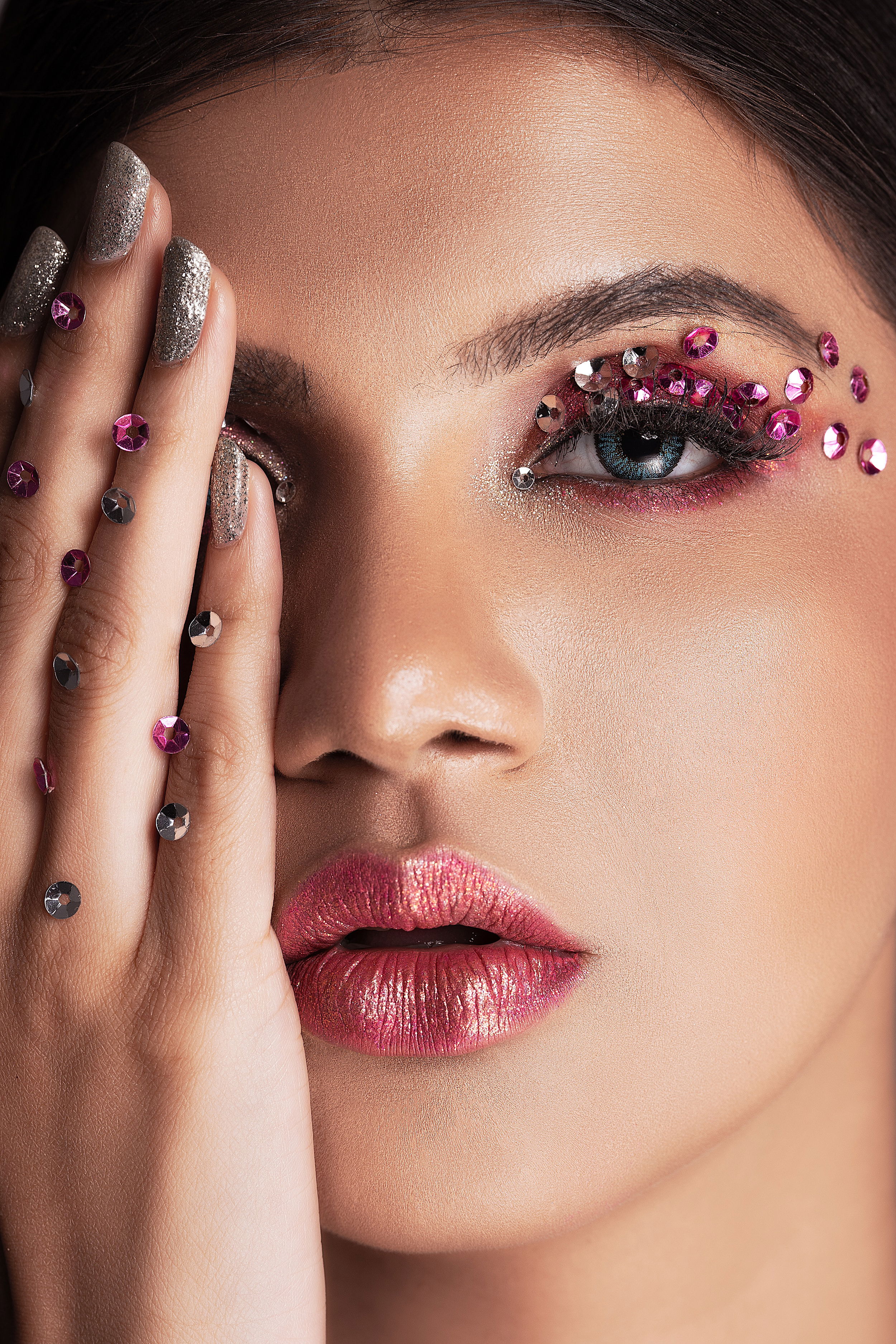The Evolution of Lipstick: From Ancient Egypt to Modern Beauty Trends
Lipstick is an iconic beauty product that has stood the test of time, transcending centuries and cultures. Its evolution reflects not only changing beauty standards but also societal norms, technological advancements, and artistic expressions. From ancient Egypt's crushed bugs and berries to today's diverse spectrum of shades and formulations, this article explores the fascinating journey of lipstick through history and its enduring relevance in modern beauty trends.

The Origins of Lipstick
The use of lipstick dates back thousands of years, with its roots tracing to ancient civilizations:
Ancient Egypt
Ancient Egyptians are often credited with pioneering the use of cosmetics, including lipstick. They created lip color using a mixture of crushed gemstones, white lead, and red ochre. It was a symbol of social status, with both men and women applying it.
Ancient Mesopotamia
In ancient Mesopotamia, people used lip color made from crushed semi-precious stones, such as lapis lazuli and carnelian. It was applied to enhance beauty and signify social status.
Ancient Greece and Rome
In ancient Greece and Rome, lip color was often made from natural ingredients like red clay, plant-based dyes, and crushed berries. It was a sign of health, vitality, and sensuality.
Lipstick Through the Centuries
As history unfolded, lipstick continued to evolve:
Medieval Europe
During the Middle Ages, lipstick fell out of favor in Europe, as it was associated with decadence. Pale skin was considered the ideal, and lip color was discouraged.
The Renaissance
In the Renaissance period, lip color experienced a resurgence in popularity. Queen Elizabeth I of England famously applied a mixture of cochineal (crushed insects) and gum arabic to achieve her iconic red lips.
The Victorian Era
The Victorian era saw a return to more conservative beauty standards, with pale skin and understated lips. Lip balm became popular during this time.
Early 20th Century
The early 20th century marked a turning point in lipstick history. In 1915, Maurice Levy created the first metal lipstick tube, revolutionizing lipstick application. Lipstick shades ranged from reds to plums, reflecting the era's changing attitudes toward beauty.
The 1920s and 1930s
The Roaring Twenties embraced bold lip colors, reflecting the liberated spirit of the era. Lipsticks came in various forms, including pencils and tubes, and matched the flamboyant fashion trends.
World War II
During World War II, lipstick took on a patriotic role. Red lipstick, often referred to as "Victory Red," became a symbol of strength and morale for women on the home front.
The Mid-20th Century
The mid-20th century witnessed the emergence of iconic lipstick brands like Revlon, Max Factor, and Maybelline. Marilyn Monroe's signature red lips epitomized Hollywood glamour.
The 1960s to 1980s
The 1960s saw the introduction of matte lipsticks and pastel shades, while the 1980s embraced bold, vibrant hues and high-shine finishes. Lips became a focal point of makeup looks.
Modern Lipstick Trends
In the 21st century, lipstick continues to be a dynamic and influential beauty product:
Diverse Shades
Modern lipstick collections offer a vast spectrum of shades, catering to diverse skin tones and personal preferences. The inclusivity of shades has become a hallmark of the industry.
Formulations
Lipstick formulations have evolved to include traditional bullet lipsticks, liquid lipsticks, lip glosses, stains, and lip creams, allowing for various finishes and long-lasting wear.
Natural and Vegan Options
A growing trend in the beauty industry is the demand for natural and vegan lipsticks, free from harmful chemicals and animal-derived ingredients.
Lip Care
In addition to color, lip care has gained prominence, with products designed to nourish and hydrate lips, like lip balms and lip masks.
Social Media Influence
Social media has played a significant role in lipstick trends, with makeup enthusiasts and beauty influencers showcasing creative lip art, ombre lips, and unique application techniques.

The Enduring Allure of Lipstick
Throughout history, lipstick has remained a symbol of self-expression and empowerment. It has adapted to changing beauty ideals and cultural shifts while retaining its status as a beloved beauty essential. In a world where trends come and go, lipstick's enduring allure continues to make it a timeless statement of individuality and confidence.
So, the next time you swipe on your favorite shade, remember that you are a part of a rich tradition that spans millennia, connecting you to the beauty rituals of ancient civilizations and the ever-evolving trends of today.
Sources:
- The History of Cosmetics - Lipstick
- Cosmetics and Skin - A Brief History of Lipstick
- History.com - The Surprising History of Lipstick
- Vogue - A Brief History of Lipstick
- Byrdie - The Fascinating History of Lipstick